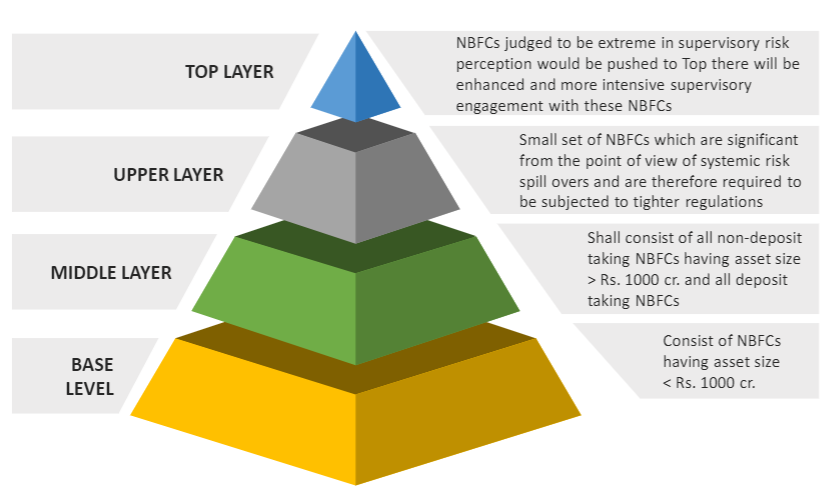FAQs on Digital Lending Regulations
Updated on February 15, 2023
| The RBI had constituted a Working Group on digital lending including lending through online platforms and mobile apps on January 13, 2021[1]. The Working Group (‘WG’) submitted its report and the same was published by the RBI on November 18, 2021[2] (‘Report’). |
On August 10, 2022, the RBI issued a press release on implementation of the recommendations of the WG. The press release contains three annexures that are either applicable immediately or may be applicable in due course. Through the press release, RBI seeks to implement the recommendations and suggestions of the WG on digital lending.
Further, the RBI has issued the Guidelines on Digital Lending on September 2, 2022 (‘Guidelines’). The text of the Guidelines is largely similar to the press release, with certain modifications and insertions of footnotes.
We have developed a set of FAQs on the press release and updated the same based on the Guidelines issued by RBI, where we intend to answer some of the critical questions relating to the digital lending regulatory framework.
The following FAQs have also been updated in line with the RBI FAQs dated February 14, 2023.
Read more →

